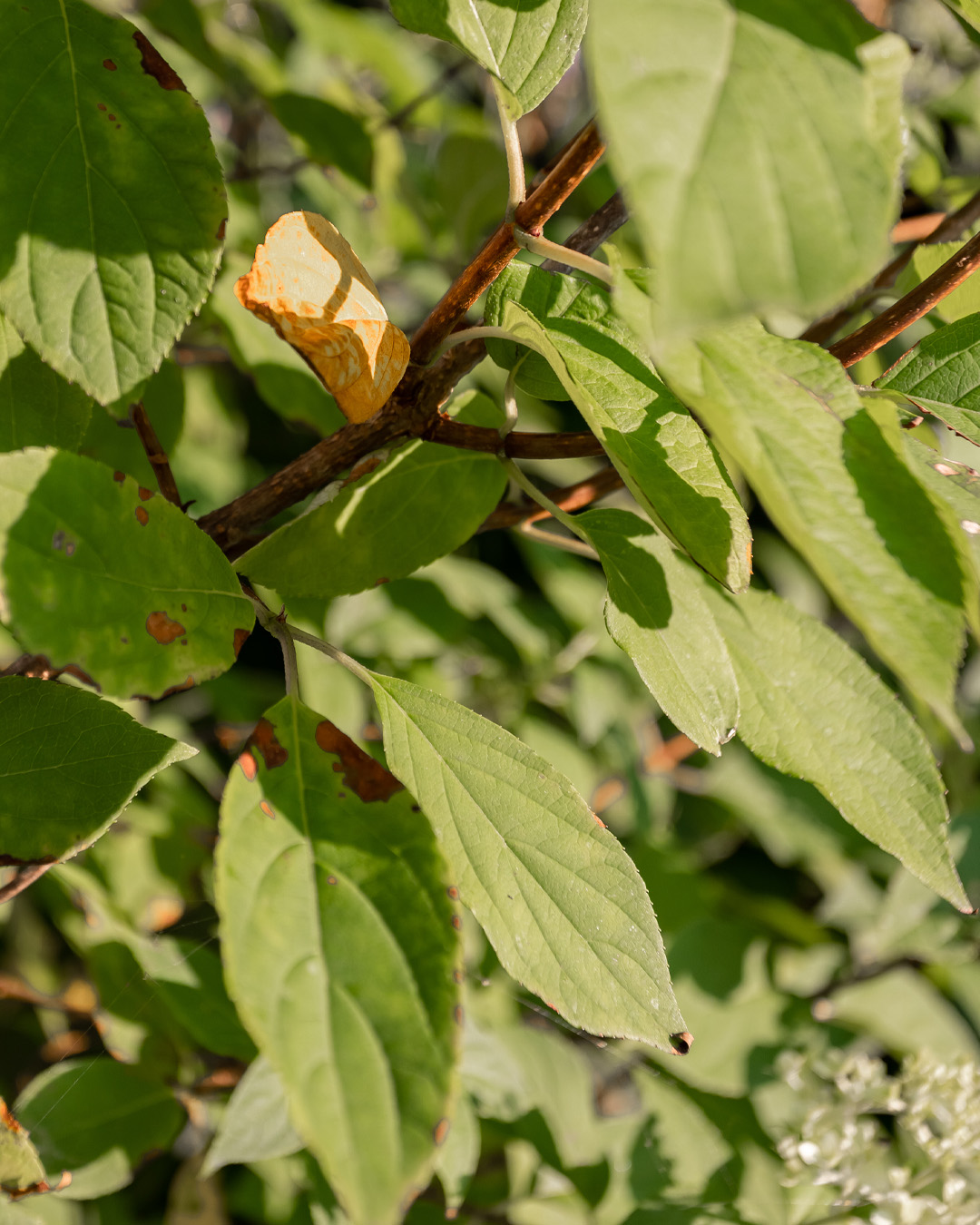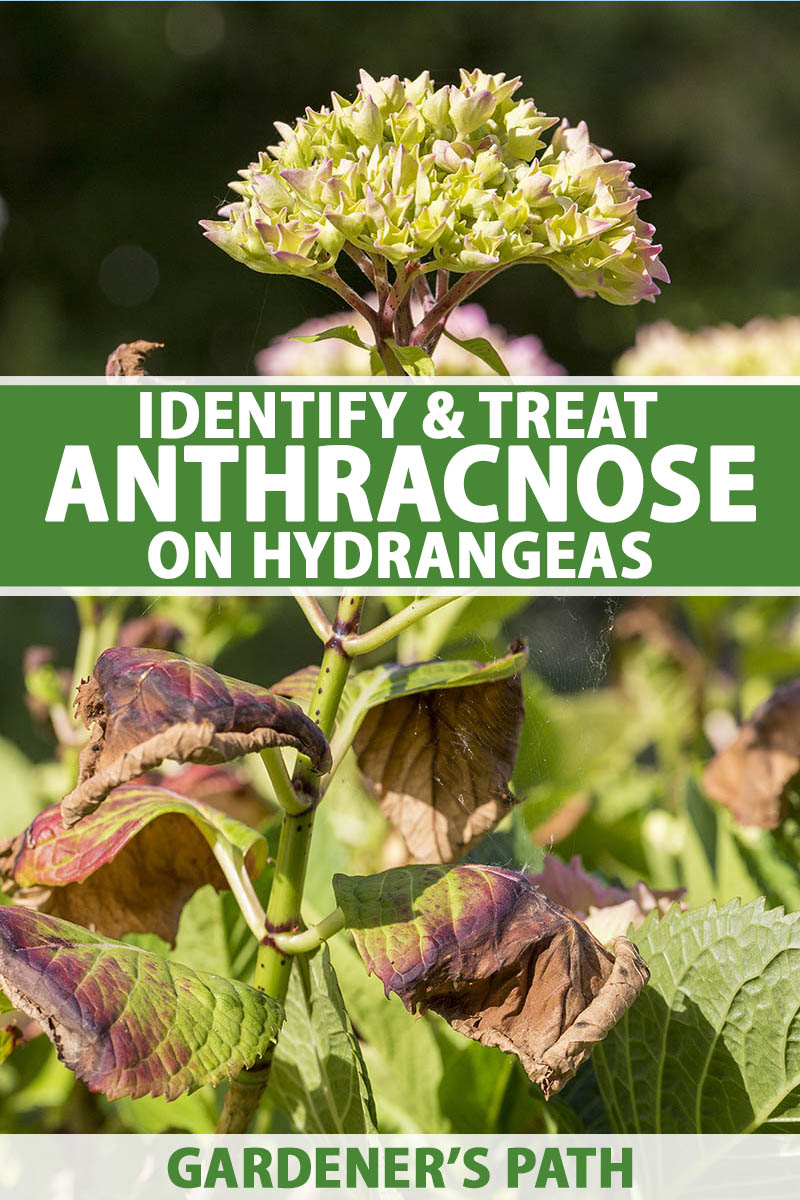The Only Guide to Hydrangea Leaves Turning Yellow
Hydrangea Leaves Turning Yellow for Dummies
Table of ContentsWhat Does Hydrangea Leaves Turning Yellow Do?Unknown Facts About Hydrangea Leaves Turning YellowThe Best Strategy To Use For Hydrangea Leaves Turning YellowFascination About Hydrangea Leaves Turning Yellow
Hydrangea plants are recognized for their beautiful blossoms, however in some cases their fallen leaves can transform yellow. This is usually a sign that something is incorrect and the plant requires your assistance. There are several feasible reasons for yellow fallen leaves on Hydrangeas, and fortunately a lot of them are easy to fix. Here we'll cover the most common reasons for Hydrangea leaves transforming yellow and exactly how to fix them.Nonetheless, Hydrangea leaves turning yellow can be a reason for issue. There are several reasons Hydrangea leaves turn yellow, and the majority of them are easy to take care of. Allow's look at one of the most usual reasons why Hydrangea leaves turn yellow and exactly how to fix them. Hydrangea leaves usually transform yellow when the plant is overwatered.
When the origins of a plant are immersed in water for long durations, they begin to suffocate and rot. This process cuts off the roots' oxygen supply, triggering the fallen leaves to transform yellow and ultimately pass away. Overwatering can additionally lead to various other issues such as fallen leave decline, root damage, and fungal growth.
If you assume your Hydrangea is overwatered, the most effective solution is to allow the soil dry entirely before watering again. It's additionally a good concept to examine the water drainage of your pot or garden bed and ensure that water is not merging around the plant's origins. Hydrangea plants need well-drained soil to flourish.
8 Easy Facts About Hydrangea Leaves Turning Yellow Explained
You ought to also make sure that you are not watering your Hydrangea as well often. Watering once a week must suffice, and more frequently if the climate is hot and completely dry. Hydrangea leaves can also turn yellow if the plant is not getting enough water. This go to this site occurs when the plant does not obtain enough water, and the soil starts to dry.

This is recognized check this site out as "plant food shed," It occurs when the plant's origins are exposed to also much plant food. Other indications of fertilizer melt include brown or yellow fallen leaves, wilting, and stunted growth.
This will certainly help eliminate any kind of excess fertilizer from the origins of the plant. It's additionally a good concept to lower the quantity of plant food you are making use of.
Hydrangea Leaves Turning Yellow Can Be Fun For Anyone

If your Hydrangea is plagued with bugs, dealing with the plant with neem or gardening oil is the finest service. It's also great to remove any affected fallen leaves from the plant (Hydrangea Leaves Turning Yellow).
Hydrangea leaves can also turn yellow if the temperature emphasizes the plant. The fallen leaves of the plant will certainly turn yellow and begin to go down off.
If the temperature stresses your Hydrangea, you require to relocate the plant to a place where it will be protected from the extreme cool or warm. You can also attempt to give the plant with some partial shade if exposed to route sunlight. You can also attempt adding compost around the plant base to aid manage the temperature.
The Ultimate Guide To Hydrangea Leaves Turning Yellow
The leaves can additionally turn yellow if the Hydrangea plant has root rot. This is typically triggered by overwatering or poor drain. When the plant's origins are submerged in water for also long, they start to rot. Among one of the most common root rot signs and symptoms is yellowing leaves, as the fungi prevents the roots from taking in nutrients from the dirt.
Examine the origins of your Hydrangea if it has root rot. If some healthy and balanced origins are left, you can try to conserve the plant by replanting it in a brand-new pot with fresh my company soil.
If your Hydrangea is heavily impacted by root rot, beginning with a brand-new plant is best. As Hydrangeas age, their leaves will slowly transform yellow and brownish prior to dropping off the plant.
You can help the plant by ensuring it is getting adequate water and nutrients. One opportunity is that the plant is not getting sufficient water.